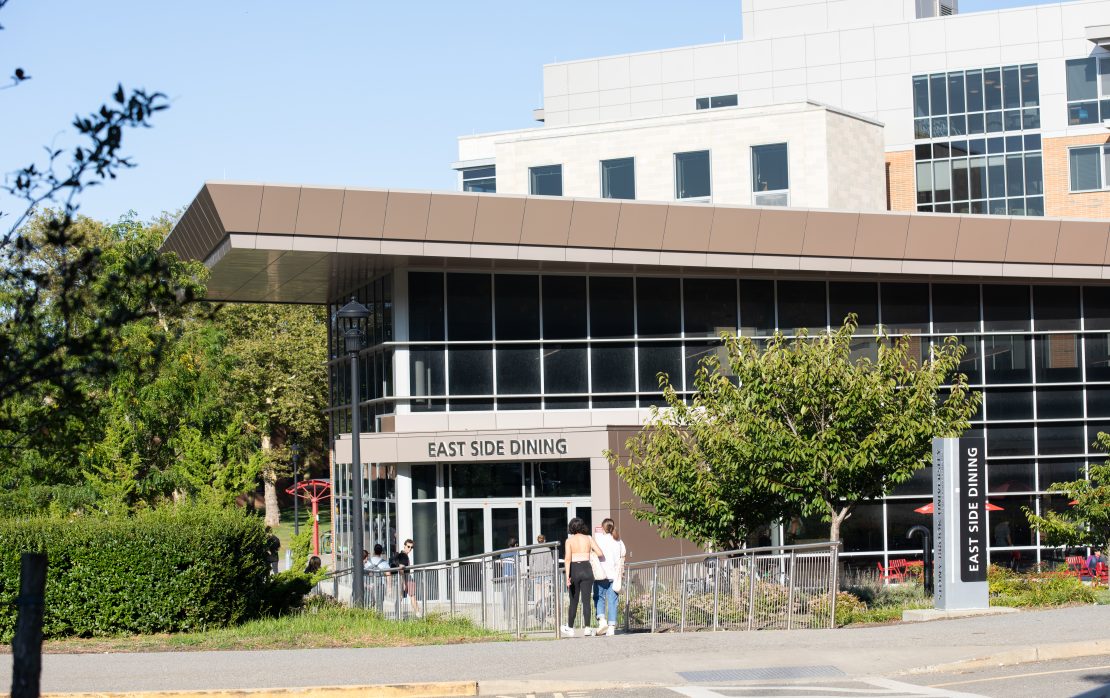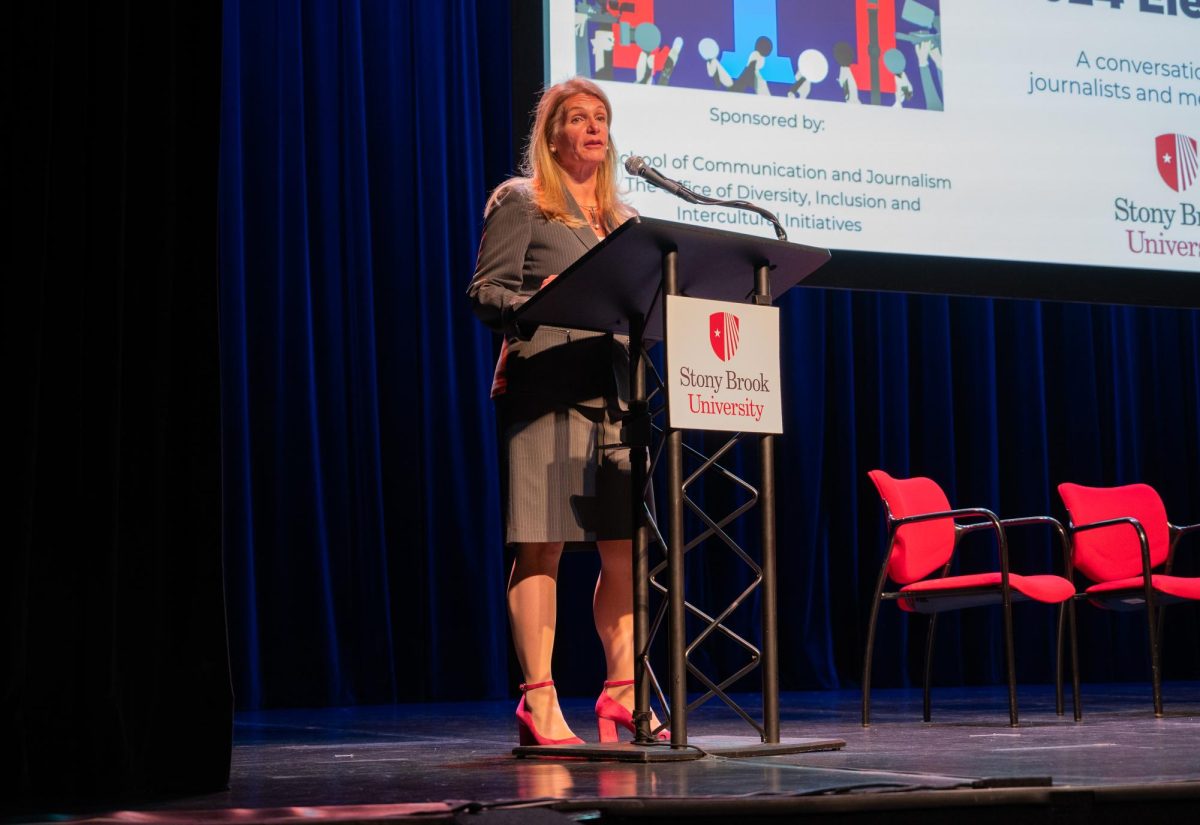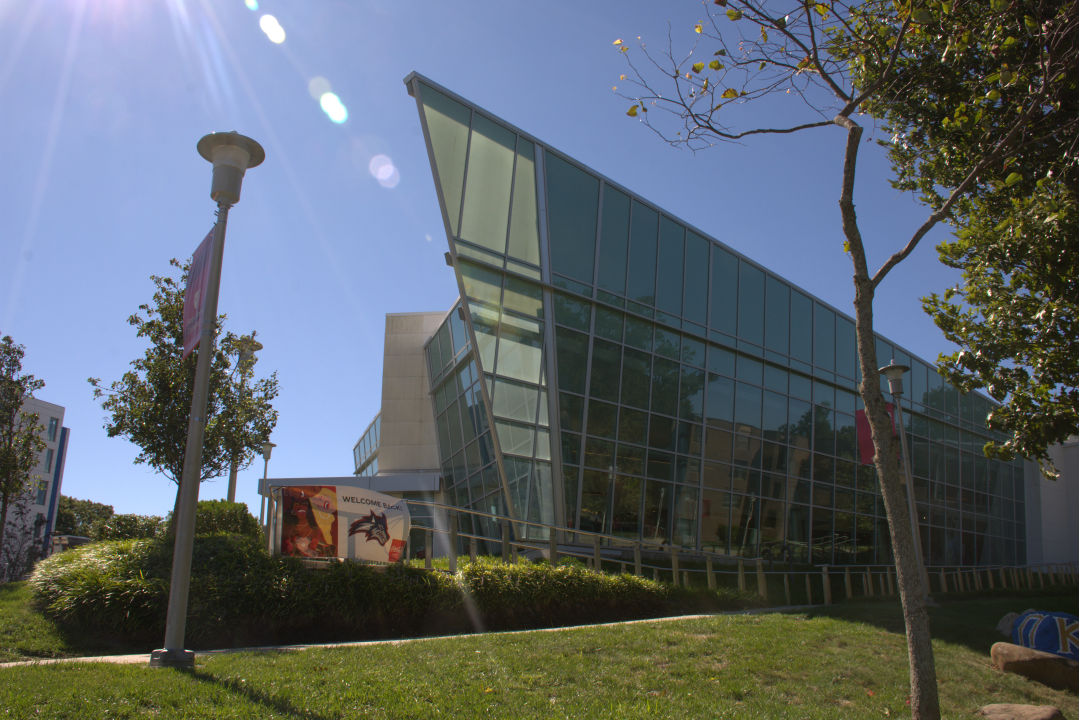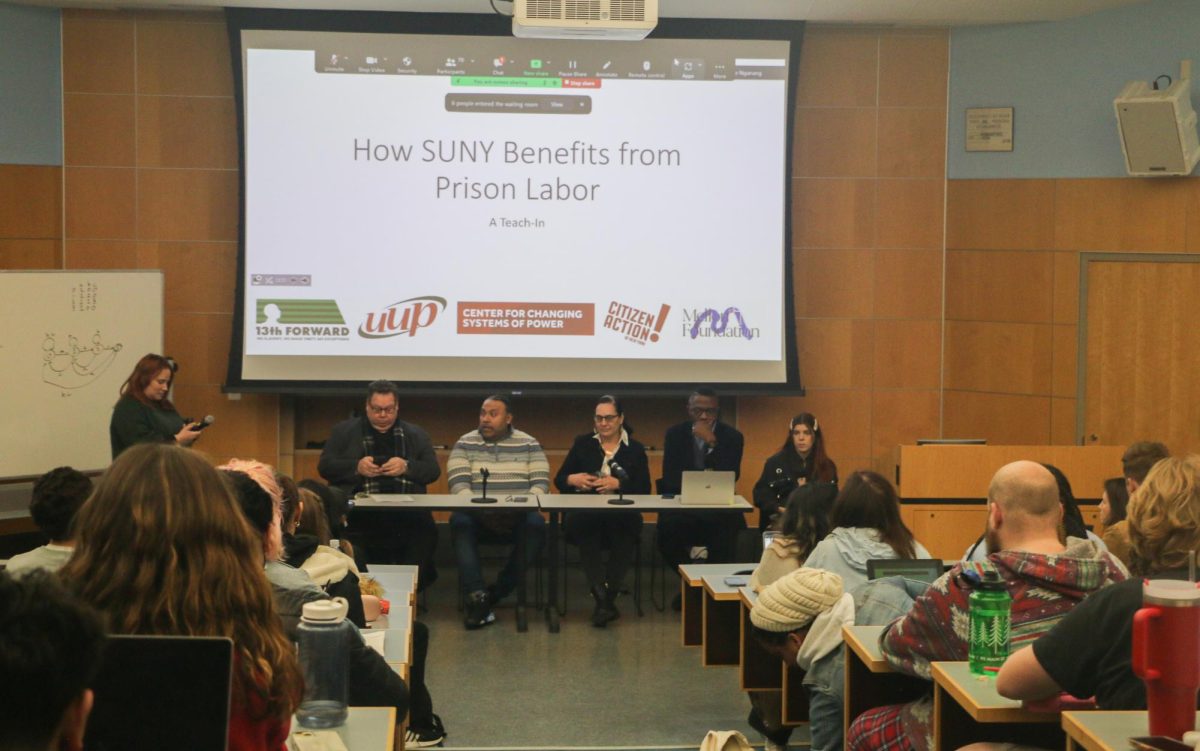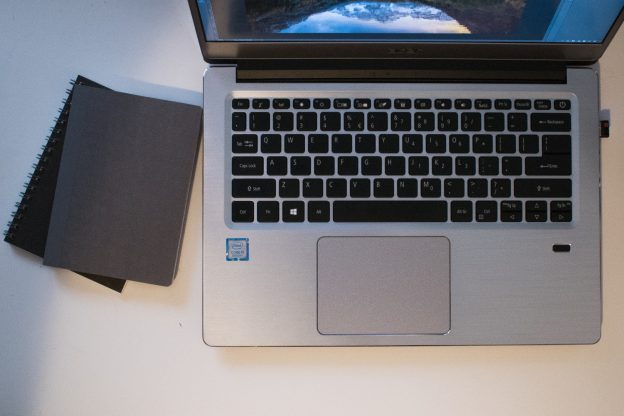
Stony Brook University is considering changing the academic and research side of the university’s virtual workspace from Google Workspace to Microsoft 365, an idea which caused immediate backlash during the Faculty Senate meeting on Dec. 7.
Vice President for Strategic Initiatives, Rosemaria Martinelli, discussed the proposed change as a part of the university’s Strategic Budget Initiative. The goal of the change is to cut costs and bridge what was framed during the meeting as a longstanding separation between the East and West campuses. Microsoft 365 is currently the East campus’ virtual workspace.
“The ‘why?’ really is about reduction in complexity; increased coordination and collaboration; and [getting] similar tools across the campus,” Martinelli said. She added that there are also costs associated with having separate ERP (enterprise resource planning) systems and other differing technology within the different sections of the university.
Interim Senior Vice President and Enterprise Chief Information Officer, Charlie McMahon, said that the university was faced with a binary choice when it came to the technical aspects of the transition: transfer the university hospital’s roughly 18,000 faculty and staff from Microsoft to Google, or transfer roughly 5,000 academic faculty and staff from Google to Microsoft. Although transferring student’s across platforms is a factor, he said it is far less complex than it is to move the university’s employees. Therefore the transition from Google to Microsoft is the least difficult of the two to accomplish, he said.
“The discussion we have been having is: do we need to bring ourselves together more tightly as a single entity? That’s the fundamental heart of the question,” McMahon said. “If the answer to that question is yes, then we’re going to have to consolidate our identity platforms and our communication platforms.”
When asked by The Statesman after the meeting about how the transition would impact the university’s finances, McMahon wrote in an email that the financial effects of the transition have yet to be analyzed.
Martinelli said that her team will be conducting several focus groups, issuing a campus wide survey and will also participate in a close discussion with faculty over the next few months in order to further deliberate over the decision. She said that she will also be looking at the history of other universities who are making similar transitions.
“This is just the beginning of a process that will allow us to learn more before we make a decision on an implementation plan and timeline for how we move forward,” Martinelli said.
A vocal group of faculty and staff in the meeting immediately opposed the change, bringing their questions directly to Martinelli and McMahon, while others posted statements in the meeting’s chat. Most of the faculty’s worries surround the effect that the transition will have on students and classes, arguing that Google Workspace is the best platform for interacting with students.
“We have integrated Google into our teaching, into our administration, into our collaborative work. Is there a way we can keep both?” said Margaret Schedel, associate professor and senator for the department of music. “I really, really cannot stress enough how many faculty from all kinds of departments are very, very concerned about this, particularly as we leverage all these online tools that Google has provided into our teaching during COVID.”
McMahon responded to Schedel by explaining that the university cannot move into a more unified body without the shift to a single ERP system throughout the entire university.
“We recognize the pain that this is going to cause; the disruption this is going to cause. If there is a practical way to mitigate [the transition] it’s certainly going to be examined in great detail,” he said.
Schedel and other faculty also expressed that they were nervous that administration had made the decision to move to Microsoft before consulting faculty.
“I will express major concerns that, in the past, Stony Brook administration has not listened to these faculty groups, and it has been seen as window dressing after a decision has already been made,” Schedel said. “And I think that that level of trust is something that you’re going to have to overcome because of some past bad experiences.”
Shyam Sharma, an associate professor and senator for the department of writing and rhetoric said that the change from Google to Microsoft would harm interfaculty communication and the collaboration between faculty and students. He cited the ability to comment and access multiple revisions on Google Docs as features his department would miss.
“If anyone can prove that Microsoft can do the educational work that we can do as faculty members in foundational courses, then I will go with it,” Sharma said. “Please do not make a technological decision, please make an educational decision.”
Correction 12/15/20, 7:57 p.m.: The original title of this article was “SBU considers is considering changing its virtual workspace from Google to Microsoft.”












